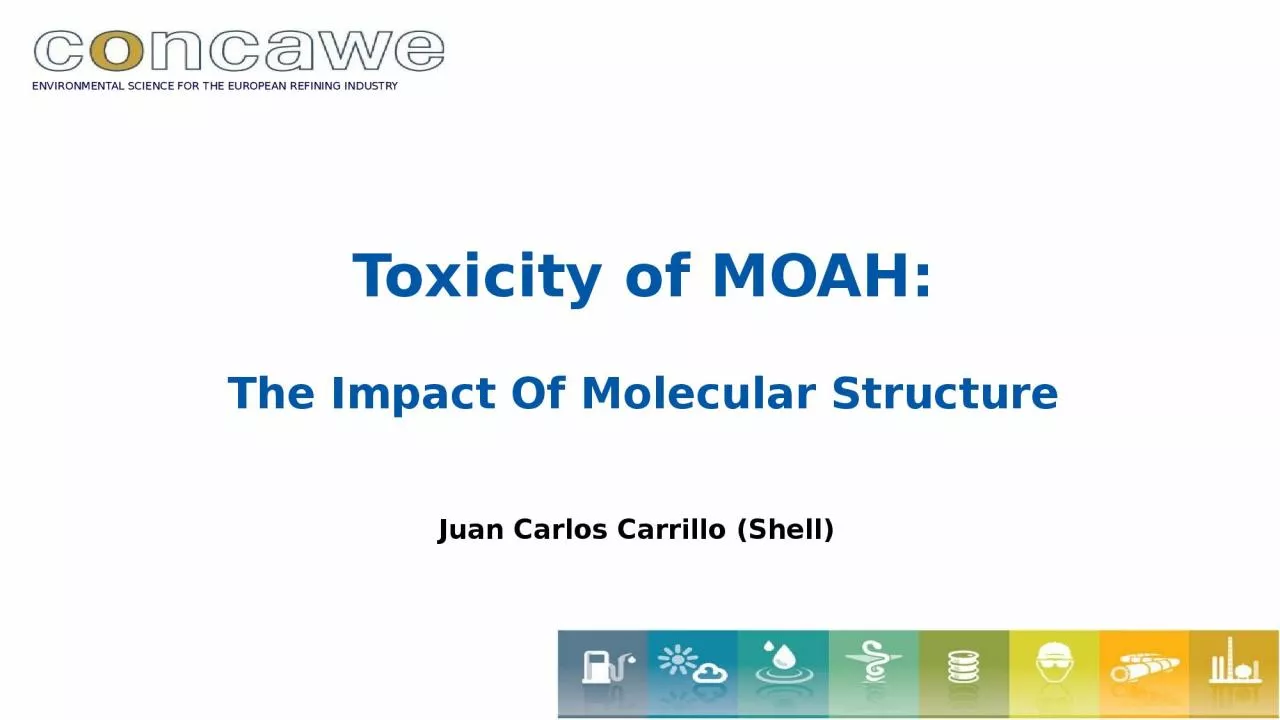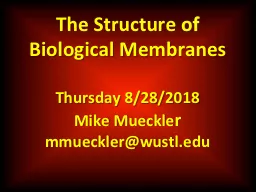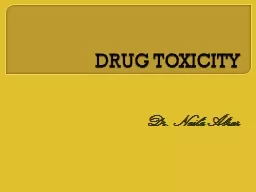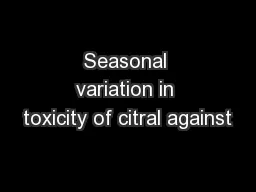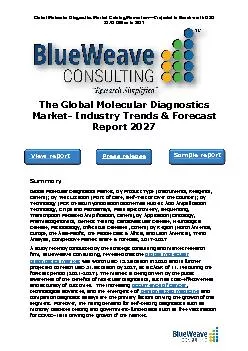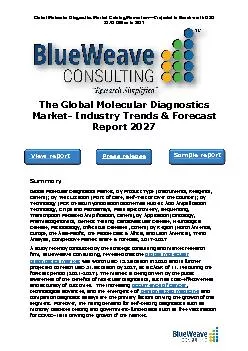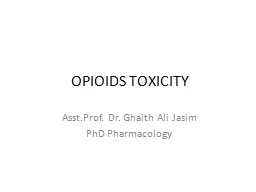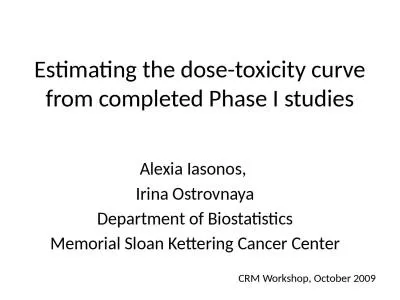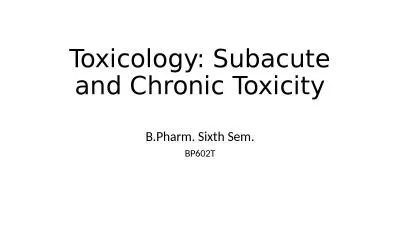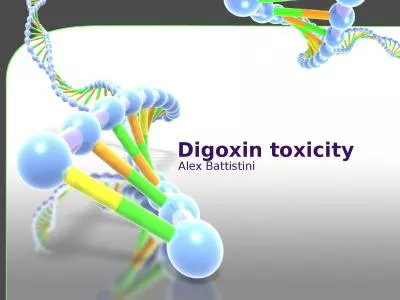PPT-Toxicity of MOAH: The Impact Of Molecular Structure
Author : isabella2 | Published Date : 2023-11-23
Juan Carlos Carrillo Shell Key points for discussion Mouse skin painting studies IP346 Total aromatics MOAH and carcinogenicity Conclusions MOCRINIS2 JuanCarlos
Presentation Embed Code
Download Presentation
Download Presentation The PPT/PDF document "Toxicity of MOAH: The Impact Of Molecula..." is the property of its rightful owner. Permission is granted to download and print the materials on this website for personal, non-commercial use only, and to display it on your personal computer provided you do not modify the materials and that you retain all copyright notices contained in the materials. By downloading content from our website, you accept the terms of this agreement.
Toxicity of MOAH: The Impact Of Molecular Structure: Transcript
Download Rules Of Document
"Toxicity of MOAH: The Impact Of Molecular Structure"The content belongs to its owner. You may download and print it for personal use, without modification, and keep all copyright notices. By downloading, you agree to these terms.
Related Documents

